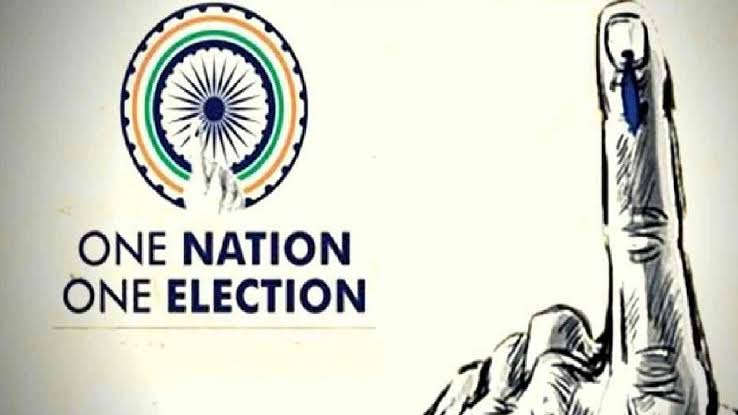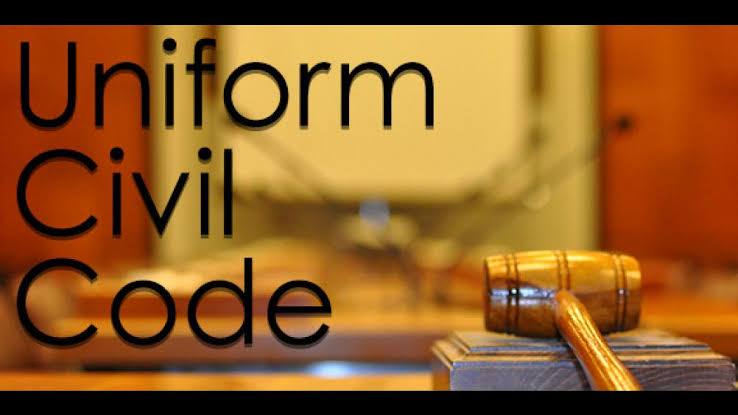Table of Contents
Swing States Defined
American presidential election, its processes, and predictability are always difficult because of the unique electoral system of winner takes it all. Swing states with their fluid loyalties make the election more intriguing. Swing states, also known as battleground states or purple states, are those states in the United States where the outcome of the presidential election is uncertain and could swing either way between the two major political parties – Democrat and Republican. These states often receive a lot of attention and campaign efforts from both parties due to their potential to influence the overall election result.
Importance of Swing States
1. Electoral Votes: The winner-takes-all system in most states (except for a couple, Nebraska and Maine that split their electoral votes) means that winning a swing state could provide a candidate with a significant number of electoral votes, which are essential for securing the presidency.
2. Path to Victory: Winning a swing state can alter the electoral map, providing a candidate with multiple paths to reach the required 270 electoral votes for victory.
3. Limited Resources: Candidates have limited time and resources, so focusing on swing states where the race is close allows them to have a more targeted and impactful campaign strategy.
4. Public Perception: A victory in a swing state can create momentum and a perception of broader support for a candidate, potentially influencing voters in other states.
5. Historical Trends: Some swing states have a history of correctly predicting the overall winner, reinforcing their significance in the election.
Which are swing states?
The list of swing states can vary from election to election based on changing demographics, political shifts, and local issues. Here are some of the historically significant swing states and their voting patterns in recent presidential elections:
1. Florida:
Swing Status: A perennial swing state.
Recent Voting Patterns: Florida has swung between both Democratic and Republican candidates in recent elections. It voted for George W. Bush, a Republican in 2000 and 2004, Barack Obama, a Democrat in 2008, again in 2012, and Donald Trump, A Republican in 2016 and 2020.
2. Ohio:
Swing Status: Another consistent swing state.
Recent Voting Patterns: Ohio has often been a bellwether state, accurately predicting the winner of the presidency in many elections. It voted for George W. Bush in 2000 and 2004, then for Barack Obama in 2008 and 2012, and swung back to the Republican side with Donald Trump in 2016 but voted Democrats in 2020.
3. Pennsylvania:
Swing Status: Historically leaned Democratic but has become more of a swing state.
Recent Voting Patterns: Pennsylvania voted for the Democratic candidate in recent history. However, it swung to the Republican side in 2016, supporting Donald Trump. In 2020 it voted Democrats again.
4. Michigan:
Swing Status: Traditionally leaned Democratic but has become more competitive.
Recent Voting Patterns: Michigan voted for the Democratic candidate in six consecutive elections from 1992 to 2012. In 2016, it was won by Donald Trump, a surprise outcome. In 2020, Democrats won it back.
5. Wisconsin:
Swing Status: Similar to Michigan, it traditionally leaned Democratic but has seen increased competition.
Recent Voting Patterns: Wisconsin voted for the Democratic candidate in seven consecutive elections from 1988 to 2012. It swung to the Republican side in 2016, supporting Donald Trump. However, is voted Democrats in 2020.
6. North Carolina:
Swing Status: Traditionally leaned Republican but has become more of a swing state.
Recent Voting Patterns: North Carolina voted for the Republican candidate in every election from 1980 to 2020 except in 2008, when it voted for Barack Obama.
7. Arizona:
Swing Status: Historically a Republican stronghold but has shown signs of shifting.
Recent Voting Patterns: Arizona consistently voted for the Republican candidate from 1952 to 1996. However, it supported the Democratic candidate in 1996 (Bill Clinton), and then leaned Republican until 2020 when it endorsed Joe Biden.
These swing states are just a selection of the many forms that play crucial roles in determining the outcome of presidential elections. The political dynamics within these states can shift due to changing demographics, economic conditions, and national and local political issues. As a result, their voting patterns can vary from one election to the next, making them central to the electoral strategies of presidential campaigns.
Endnote
In the intricate landscape of American presidential elections, swing states stand as critical battlegrounds. These states hold the power to sway electoral outcomes, with their unpredictable allegiances. This catches the attention of candidates, political parties, voters, and political pundits alike. In the ever-evolving drama of American politics, swing states remain an enigma of uncertainty, reflecting the very essence of democratic choice and the profound impact it wields on the course of history.






One thought on “Swing States – Why is it Significant for the US Presidency?”